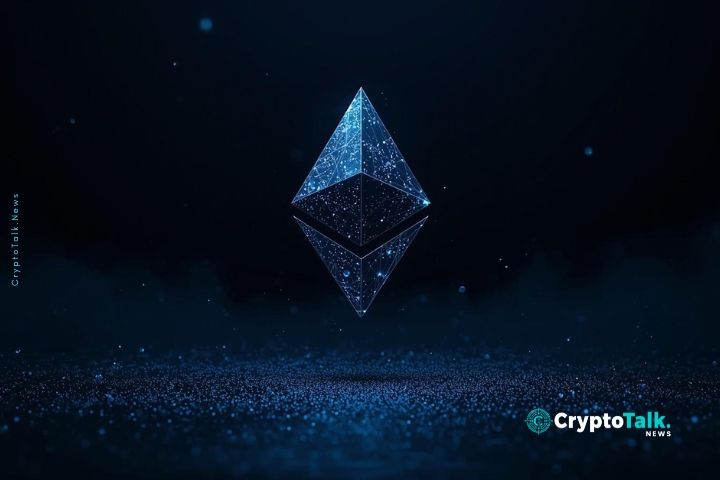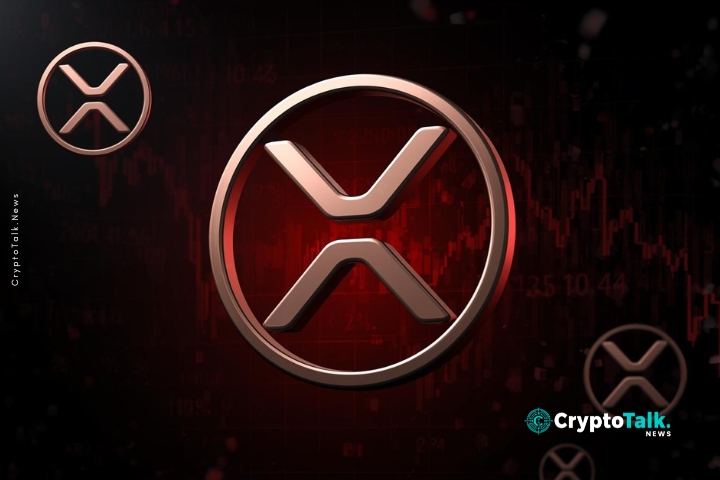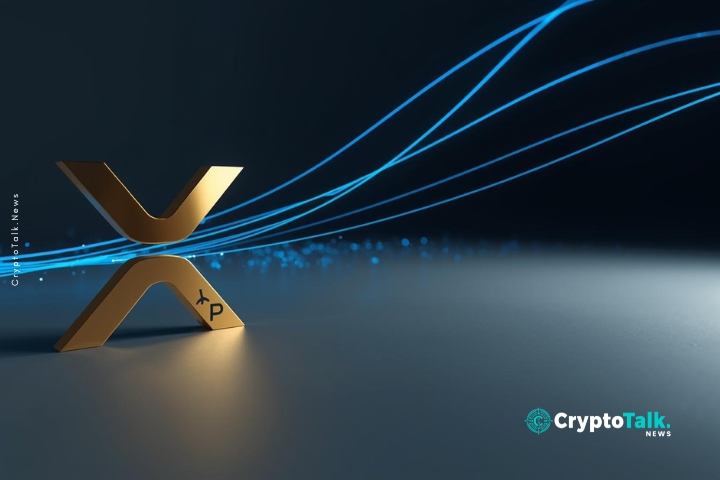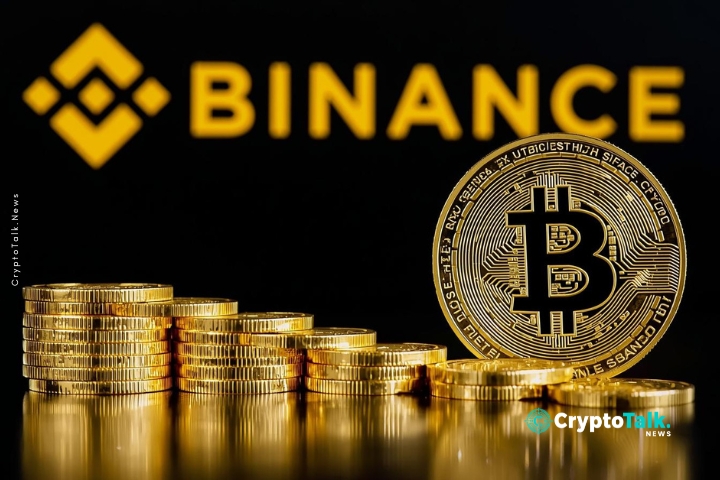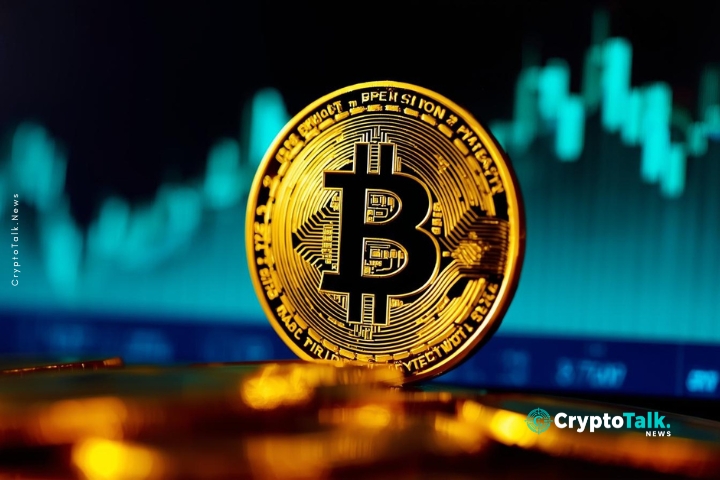Ethereum is preparing for a major shift in network efficiency with the upcoming Fusaka upgrade, scheduled to go live on December 3rd. This update introduces a key innovation called PeerDAS, designed to tackle one of Ethereum’s long-standing challenges: high transaction fees and limited scalability. For anyone who has felt the sting of expensive gas fees during busy network periods, Fusaka promises to be the first step toward a smoother, faster experience.
Currently, Ethereum operates like a delivery truck with a small cargo bed, capable of carrying only six “packages,” or data blobs, per trip. When Layer 2 networks such as Arbitrum, Optimism, and Base need to send large volumes of data, competition for limited space drives fees higher. Scalability has been constrained because every node on the network must store a full copy of all data packages, making operations bulky and inefficient.
The Fusaka upgrade changes this by introducing PeerDAS, a smarter way for nodes to verify data integrity without storing every piece of information. Instead, nodes can selectively check random portions of each package while remaining confident the full load is intact. This mechanism drastically reduces network load and sets the stage for increased transaction capacity.
Users can expect to feel the effects in stages. Fusaka activates PeerDAS on December 3rd, allowing the network to learn and operate more efficiently under heavier traffic. A follow-up mini-upgrade on January 7th, 2025, will raise the number of data blobs from six to fourteen, more than doubling capacity by 133%. Looking further ahead, Ethereum’s roadmap anticipates even larger increases in 2026, potentially delivering a total capacity boost of up to 200%.
The benefits of these upgrades are clear. Layer 2 transactions should become cheaper and faster, providing relief to DeFi participants, NFT collectors, and gaming users alike. Network stability will improve, reducing congestion during high-demand periods, and developers will gain a more scalable foundation to build innovative applications. Fusaka is not an instant fix to all of Ethereum’s scalability challenges, but it represents a confident step toward a “turbo-charged” network that can handle future growth.
As Ethereum accelerates its capacity and efficiency, the question remains whether it can solidify its position as the leading DeFi hub or if competitors such as Solana and emerging Layer 1 networks will continue to capture significant market share. For investors, developers, and users, Fusaka marks an important milestone that could redefine the way Ethereum is used and experienced in the years ahead.
Author
-

Ethan Cole is a New York-based cryptocurrency journalist, blockchain analyst, and fintech commentator with over 9 years of experience covering digital assets, decentralized finance (DeFi), and Web3 innovation. He holds a Master’s degree in Financial Technology from New York University (NYU) and has developed a reputation for making complex crypto topics accessible to readers across all experience levels. Ethan regularly contributes to CryptoTalk.news, where he writes in-depth articles on Bitcoin, Ethereum, altcoins, NFTs, crypto regulations, market trends, and security best practices. His analysis blends technical insights with real-world applications, offering readers clear and timely perspectives on the fast-evolving crypto landscape. Beyond CryptoTalk, Ethan's work has been featured in leading finance and tech publications such as Wall Street Updates, Financial Mirror, Wealth Magazine, Euro News 24, and New York Mirror. He’s also a guest speaker at blockchain conferences and an active member of the Ethereum Research community.
View all posts


















